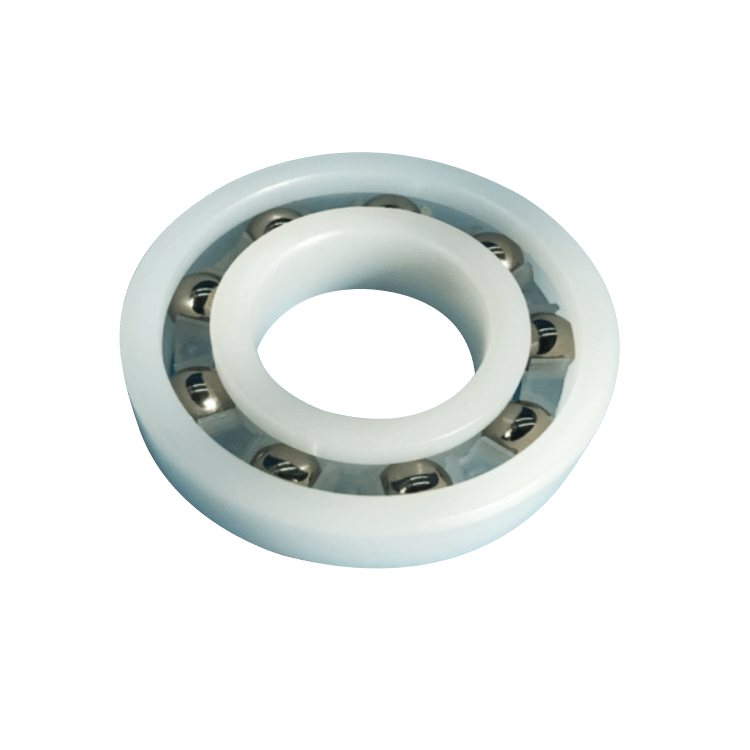Welcome to Tarso, professional special bearing manufacturer
The word bearing is derived from the verb 'to bear.' It […]
The word bearing is derived from the verb 'to bear.' It is used to describe a device that enables two surfaces to roll over one another. There are several different types of bearings. These can be categorized by their design, operating mode, and direction of load. Below we look at four of the most common types and their functions. You might be surprised to learn that you have to consider the direction of load when choosing a bearing.
Plain bearings are the most basic type of bearing. They consist of a bearing surface and have no rolling elements. They are commonly used in turbomachines and compressors used in critical pipeline applications. Other types include giant roller bearings, magnetic bearings, and pillow blocks. Plain bearings can be made of various materials, but the most popular is steel. If you need a bearing that is inexpensive, you can opt for a plain one.
In order to install large bearing shells, use a dowel pin or button stop. Some bearings have a tab at the parting line that correlates with a notch in the housing. This helps prevent shells from moving after installation. The type of bearing you need depends on the application. If you're working with a high-speed motor, a ball bearing is an excellent option. It's also popular in electric drills and DVD players.
Deep groove ball bearings are a common choice for high-speed applications. They're robust and require little maintenance. They can accommodate both radial and axial loads. These bearings are usually installed in car hubs. They are also open-type, which allows for easy lubrication, but can collect dust. A roller bearing can be angled in either direction. Deep groove ball bearings have a deep groove in the middle of their raceway.
Rolling-element bearings require little or no maintenance. Their service life depends on various parameters, such as their mounting and the external environment. Fluid and magnetic bearings can be maintenance-free. Roller-element bearings often bear "L10" or "B10" labels, meaning that their failure rate is 10% or 90%. These are theoretical figures, and may not be representative of actual service life. Another way to determine the service life of a bearing is by its C0 (static loading) value.
Besides lubrication, the selection of a bearing depends on the assembly conditions. While the selection of the bearing should be based on the application, it is essential to consider the rigidity and precision of the bearing. Preload assembly of a bearing can improve its rigidity, increase its life, and reduce noise. It is also important to consider the operating environment when choosing a bearing. So, how can you make the most appropriate choice?
The four main types of bearings are: cylindrical, angular, and plain. Cylindrical roller bearings have the highest load capacity of all four types and have been around for the longest. However, there is a major difference between these four types of bearings. These four types are used in many different applications. Listed below are their basic characteristics. And be sure to look at all the options available to you when selecting the right type of bearing for your needs.

UPE Anti-Acid & Alkali Plastic Deep Groove Ball Bearing UPE/ 304/ PE
Advantage Of PTFE Anti-Corrosion Plastic Bearing
1. Hard to wear
Having an incredibly high molecular weight, UPE proves its worth not only in regards to sliding with metal faces, but also sand, powder and other fields where common wear-resistant materials are not good at.
2. Excellent sliding ability
UPE has an extremely low friction coefficient. It is comparable to PTFE, which also slides well.
3. Shock resistance
UPE has an excellent shock resistance. It is hard to break UHMW without chemical attack.
4. Non-stickiness
UPE is excellent in non-stickiness, close to PTFE. UHMW is clever choice for the inner liners of containers such as hoppers, silos and chutes.
5. Non-toxic and Non-hazordous
A physically non-toxic material. Great for use with food products, UHMW can be also used in the medical field.
6. Hard to be eroded
Features excellent chemical resistance.
7. Hard to absorb water.